10 Days 9 Nights
Daily Tour
Unlimited
English
About this tour
The Langtang Valley Trek is a saga of unparalleled beauty and cultural richness, unfurling amidst the grandeur of the Himalayas. Embarking on this expedition, the first glimpses of the Langtang Lirung (7227m) set the tone for the await breathtaking vistas. The Langtang Valley Trek is a breathtakingly beautiful region in the Himalayas of Nepal. Known for its stunning landscapes, majestic mountains, and rich cultural heritage, it’s a popular trekking destination for adventurers and nature enthusiasts.
The valley has diverse flora and fauna, with rhododendron forests, bamboo groves, and grazing yaks along the trails. The Langtang Valley Trek usually begins from Syabrubesi, a village about a day’s drive from Kathmandu. As you ascend, you’ll pass through picturesque villages inhabited by Tamang and Sherpa communities, offering a glimpse into their unique traditions and lifestyles.
The trek provides awe-inspiring views of peaks like Langtang Lirung, Dorje Lakpa, and Ganesh Himal. Kyanjin Gompa, a Buddhist monastery in the valley, serves as a critical point during the trek, offering panoramic views and a chance to experience the local culture.
However, the Langtang Valley faced significant devastation during the 2015 earthquake, resulting in loss of lives and destruction of villages. Since then, efforts have been made to rebuild and restore the area, and trekking routes have gradually reopened for visitors to explore this stunning part of Nepal again.
The Langtang Valley Trek culminates in the ascent to Kyanjin Ri, a vantage point offering an unrivaled panorama. The Langtang Lirung towers majestically, accompanied by Changbu (6251m), Yubra (6262m), Naya Kanga (5844m), Yala Peak (5500m), and Tserko Peak (5749m). As the sun kisses the peaks, the mountains are painted in hues of gold and amber, a spectacle etched in memory forever. The trail winds through a mosaic of landscapes, from verdant forests to high alpine meadows. The dense forests, adorned with rhododendrons and oaks, exude a kaleidoscope of colors, while the crisp mountain air invigorates the senses. Transitioning to alpine meadows and yak pastures, the serene ambiance envelops trekkers in tranquility.
Langtang National Park: A Sanctuary of Biodiversity in Langtang Valley Trek
Within the embrace of Langtang National Park, a treasure trove of biodiversity awaits. The park, home to diverse flora and fauna, serves as a sanctuary for Himalayan black bears, elusive red pandas, and many avian species. The Langtang Valley Trek through this pristine wilderness is a physical journey and a reverential communion with nature’s wonders.
The journey is intertwined with the rich tapestry of Buddhist heritage. Along the trail, ancient monasteries and intricately adorned chortens stand as testaments to the spiritual legacy of the region. Prayer flags flutter in the mountain breeze, carrying the prayers and blessings of the devout. Encounters with locals adorned in traditional attire offer a glimpse into their unique customs and warm hospitality, enriching the cultural tapestry of the trek. The Langtang Valley Trek fosters bonds among fellow trekkers, transcending cultural and geographical barriers.
Shared experiences along the trail become treasured anecdotes, forging connections that endure beyond the journey itself. As trekkers navigate the terrain, each step echoes the serenity of the landscape, inviting moments of introspection and gratitude. As the trek culminates, trekkers bid farewell to the Langtang Valley, yet its memories linger as an indelible part of their being. The expedition isn’t merely a trek; it’s an odyssey engraving itself in the soul, beckoning adventurers to return and immerse themselves in its unparalleled beauty and cultural richness.
The Langtang Valley Trek is a testament to the Himalayas’ majesty and the human spirit’s resilience entwined with nature’s embrace. It beckons all wanderers, promising an expedition that transcends the physical terrain and etches itself in the annals of cherished memories.
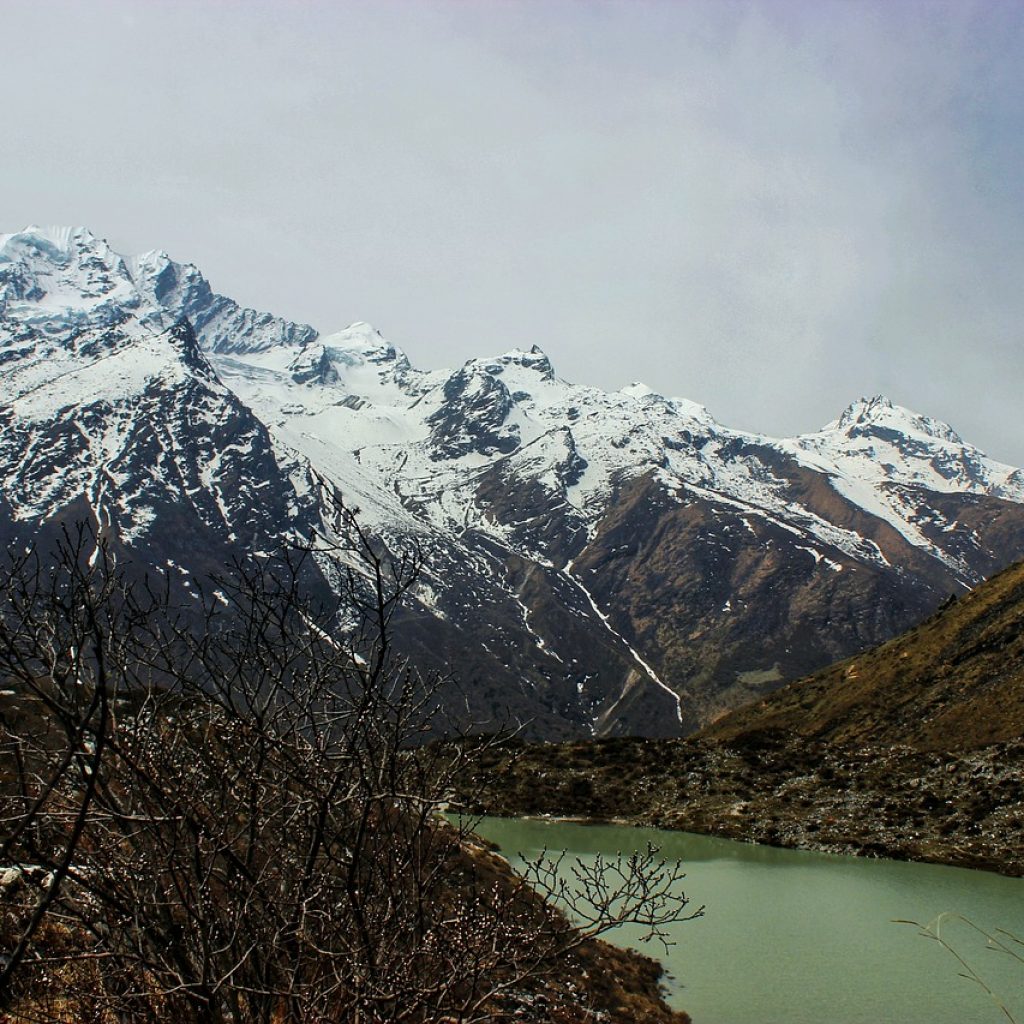
What’s Special about Langtang Valley Trek ?
Absolutely! The Langtang Valley, often called the “Valley of Glaciers,” is a remote and captivating region in the Himalayas. Here’s a more detailed breakdown:
Geography:
- Location: Situated to the north of Kathmandu, it’s easily accessible by road from the capital to Syabrubesi, the starting point of the trek.
- Terrain: The valley is characterized by diverse landscapes, ranging from lush forests of pine, oak, and rhododendron to alpine meadows and high-altitude glaciers.
Trekking Route:
- Starting Point: Typically, the trek begins at Syabrubesi (1,460 meters), and the trail gradually ascends through various villages and landscapes.
- Villages: En route, you’ll encounter villages like Lama Hotel, Mundu, and Langtang Village, offering insights into the lifestyle and culture of the Tamang and Sherpa communities.
- Kyanjin Gompa: This is a crucial highlight at around 3,870 meters. The monastery here is a spiritual center and offers breathtaking panoramic views of snow-capped peaks.
Scenic Beauty:
- Mountains: The trek rewards you with stunning views of several peaks, including Langtang Lirung (7,227 meters), Ganesh Himal, Dorje Lakpa, and others.
- Flora and Fauna: The area is rich in biodiversity, with various species of flora and fauna. In spring, the rhododendron forests bloom vibrantly, while you might spot wildlife like red pandas, Himalayan black bears, and different bird species.
Post-Earthquake Recovery:
- The devastating earthquake in 2015 had a significant impact on the Langtang region, causing loss of life and widespread destruction.
- Efforts have been ongoing to rebuild and restore the area, including reconstructing homes, guesthouses, and trekking trails. The resilience of the local communities is evident in the recovery process.
Trekking Season and Difficulty:
- Season: The best times for trekking are generally spring (March to May) and autumn (September to November) when the weather is clear and the views are spectacular.
- Difficulty: The Langtang Valley trek is moderately challenging and suitable for trekkers with a reasonable fitness level. Altitude acclimatization is essential due to the significant elevation gain.
Cultural Experience:
- Interacting with the Tamang and Sherpa communities provides an opportunity to learn about their traditions, customs, and daily life. The region is rich in Buddhist culture, and you’ll encounter monasteries, prayer flags, and shortens.
The Langtang Valley trek offers a physical adventure and a chance to immerse yourself in the natural beauty and culture of the Himalayas.
The Langtang Valley trek is a testament to nature’s grandeur and human resilience. Despite its challenges, this Himalayan region continues to captivate adventurers and cultural enthusiasts alike.
It’s a journey traverses diverse landscapes, from verdant forests to towering snow-capped peaks, revealing the beauty of Nepal’s wilderness. The Langtang Valley Trek isn’t just about breathtaking panoramas; it’s a cultural odyssey, where encounters with Tamang and Sherpa communities offer a glimpse into their traditions and way of life. While the devastating earthquake of 2015 brought destruction, the region has seen remarkable recovery efforts. The resilience of the local communities, coupled with ongoing rebuilding initiatives, showcases the unwavering spirit of those who call this valley home. The Langtang Valley trek isn’t merely a physical expedition; it’s an immersion into the heart of the Himalayas, where nature’s magnificence and human perseverance create an unforgettable tapestry of experiences.
Please Follow Us For more Updates :
Highlights
- Incredible Mountain Views of the Langtang Himalayas, Valley and Across to Tibet from Kyanjin Ri such as Langtang Lirun 7227m, Changbu 6251m, Yubra 6262m, Naya Kanga 5844m, Yala Peak 5500m, Tserko Peak 5749m
- Passing through stunning forests, high alpine meadows and yak pastures
- Langtang National Park
- Buddist Religious HeritageEthnic local culture/tradition
Included/Excluded
- Airport Pick up and Drop by Private Car upon arrival and departure
- Hotel Accommodation (Shared Room for Minimum 2 Pax and Single Room for Private Trip) in Kathmandu & Pokhara as per Itinerary
- All clean Standard Teahouses (Shared Room for Minimum 2 Pax and Single Room for Private Trip) in Syabrubesi, Lama Hotel, Langtang Valley and Kyanjin Gompa as per Package booked
- Local Bus Kathmandu - Syabrubesi (both ways)
- Meals 3 x a day as per mentioned in Itinerary
- Company Duffle Bag to lend for trekking
- Sleeping Bag to lend for trekking
- Seasonal Fruits during trekking
- Professional Experienced Licensed English Speaking Guide
- Porter (1 Porter for 2 People with maximum luggage 25 kgs)
- Annapurna Conservation Trekking Permit & Government Tax
- Nepal Visa Online Application Service
- Emergency Evacuation Management / Service by Horse or Helicopter
- Farewell Dinner before Departure
- Official Trekking Certificate from our Company
- Flight ticket to Nepal & Travel Insurance
- Tourist Visa On Arrival Fee --> 15 Days = USD 30, 30 Days = USD 50
- Tips for Guide & Porter
- Extra Accommodation which is caused by your early arrival or late departure other than the trek date, and if you are back to Kathmandu early from the trek due to any problem or rescue (other personal reasons).
- Horse Rent / Helicopter Cost/Expenses for Emergency Evacuation or Personal Request
- Personal Expenses for trekking such as mountain gear or equipments, shopping, wifi/nepal simcard, phone/battery charge, hot water/shower, extra personal meals, drinks (mineral water), snacks, laundry etc
- Other Personal Expenses which are not included in the above facilities.
Itinerary
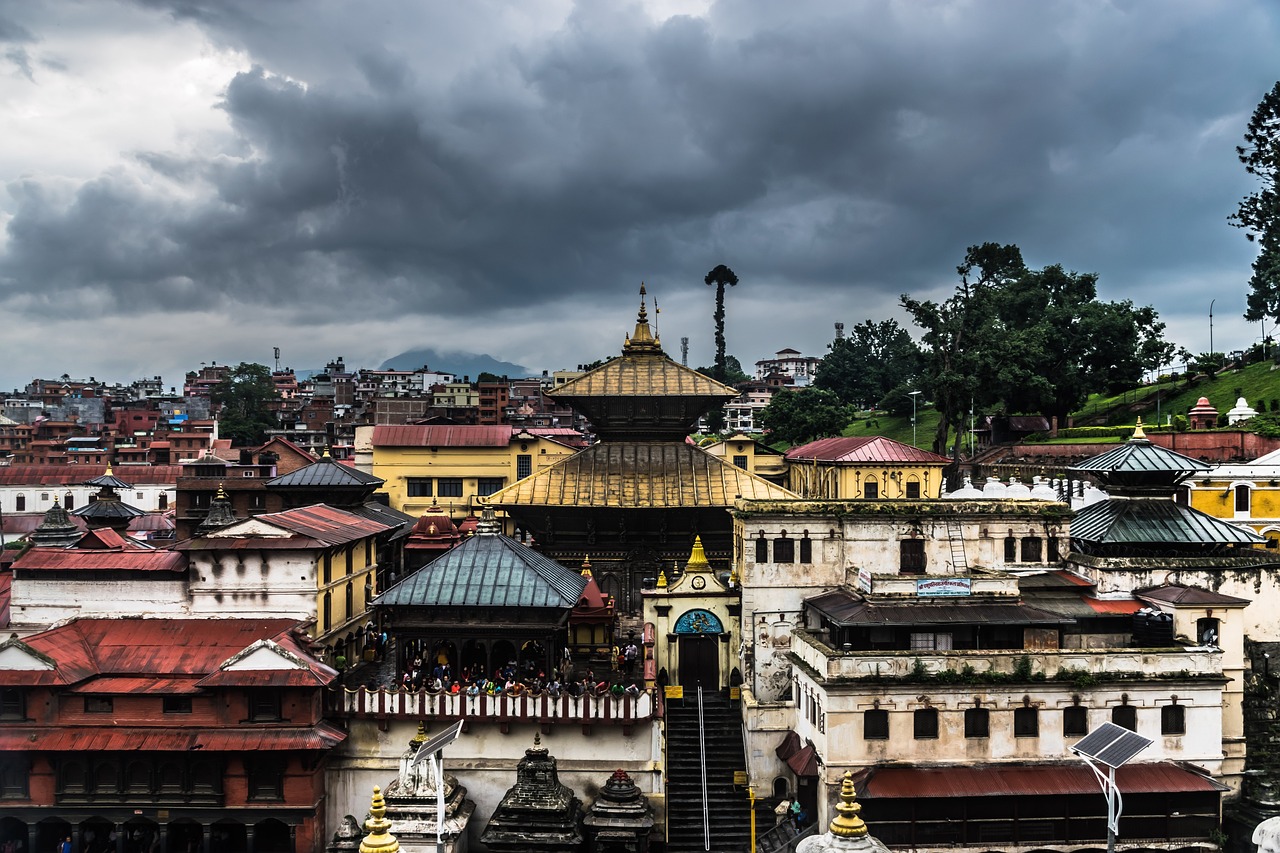
You arrive in Kathmandu today and our company staff will pick you up at Tribhuvan International Airport then drop you at Hotel. Our Staff will also give briefing you about Langtang Valley Trek and hand over duffle bag for your to pack your stuff for trekking. Payment on the balance trip cost also will be done today. If you come in the morning or early time today, we will have welcome dinner otherwise we will provide you with packed dinner in your room from the hotel you stay. Our Staff will also inform you what time you must wake up & prepared the following morning for driving to Ramechap. Overnight in Kathmandu
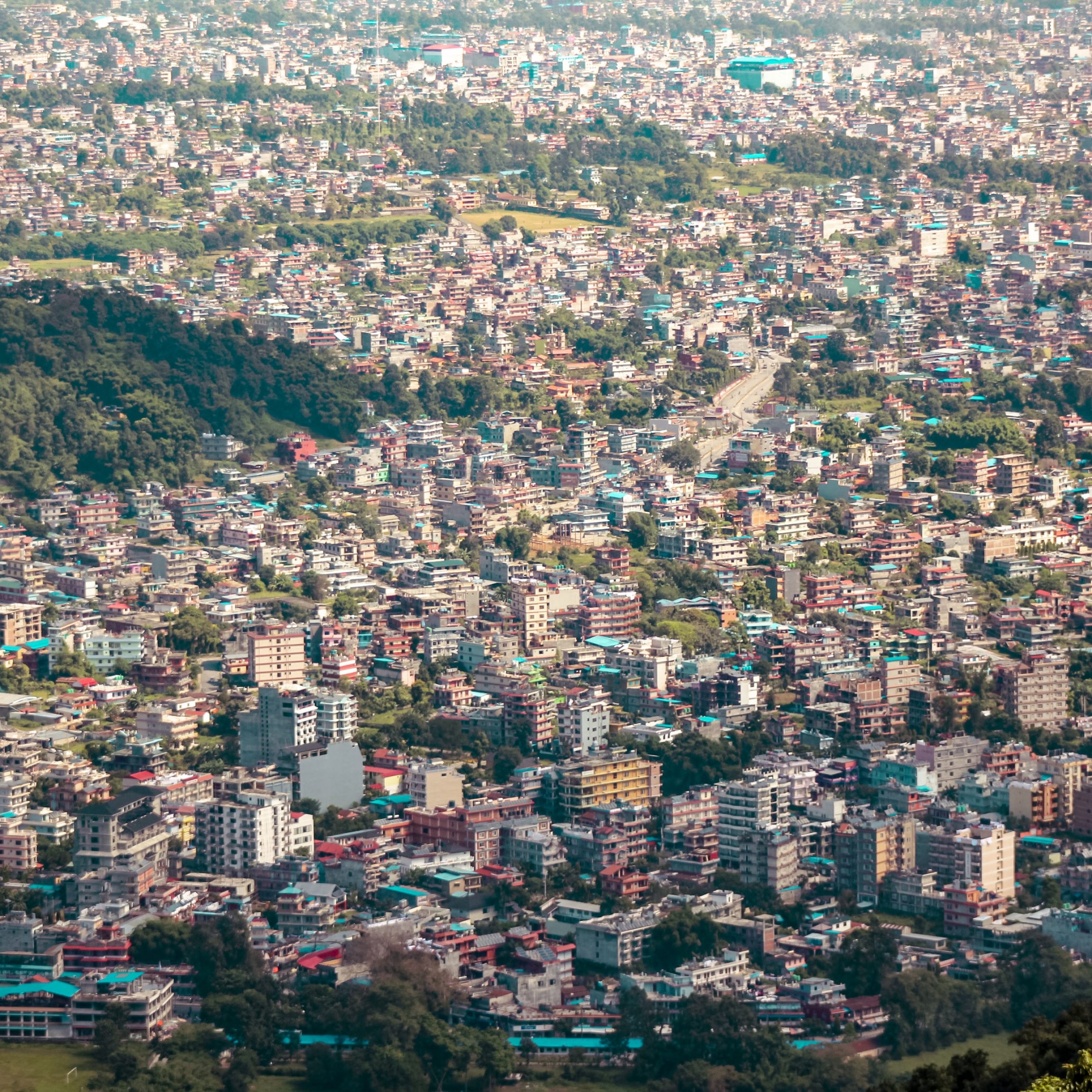
You need to wake up around 6 oclock, quick breakfast at hotel (Packed Breakfast) then Our Guide will come to hotel to pick you up and drive to Tourist Bus Terminal to leave Syabrubesi at 07.00 oclok. It takes aroun 6-7 hrs drive to reach Syabrubesi. Overnight in Syabrubesi
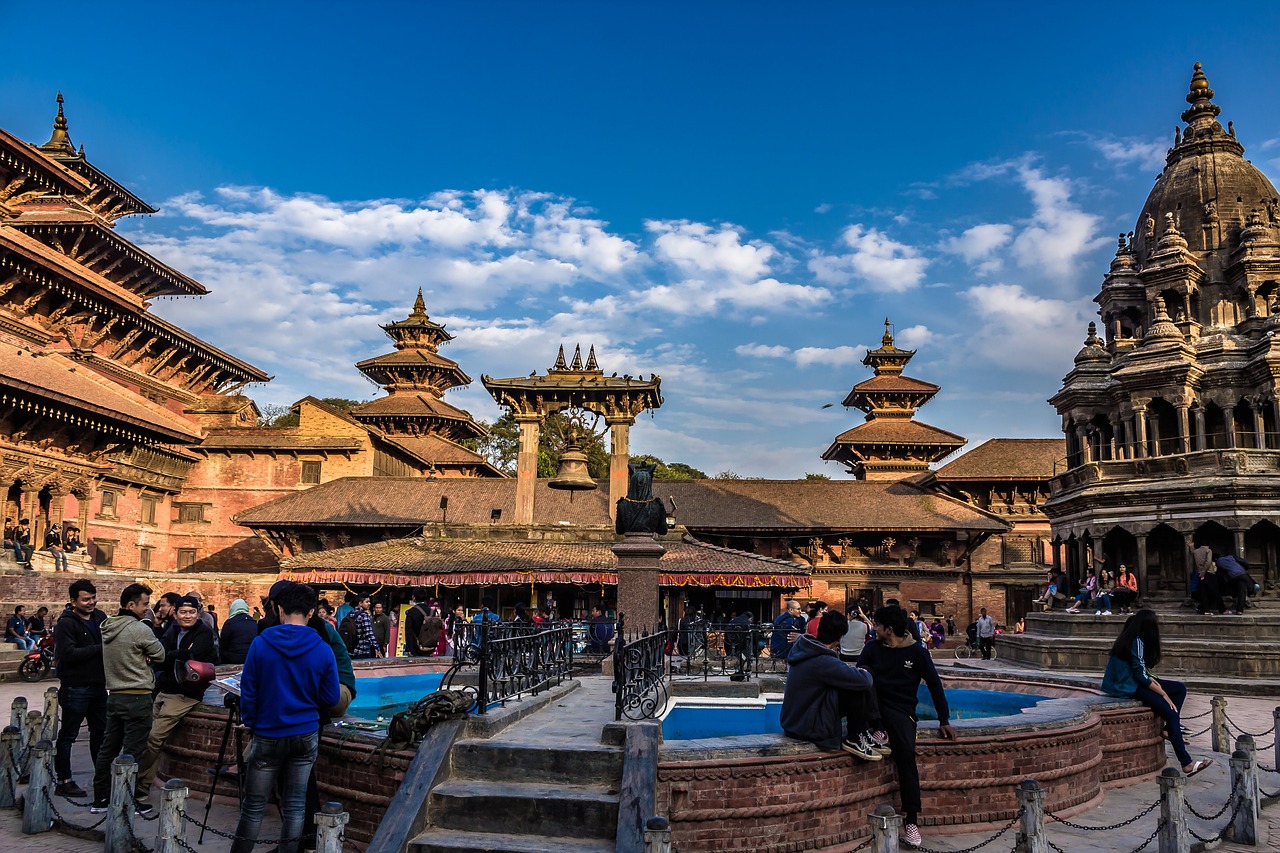
You will begin your day with 5-6hrs hike from Syabrubesi to Lama Hotel. On your journey You will be passing through various scenic trails including waterfalls and traditional villages via a few of the suspension bridges as well. Overnight in Lama Hotel
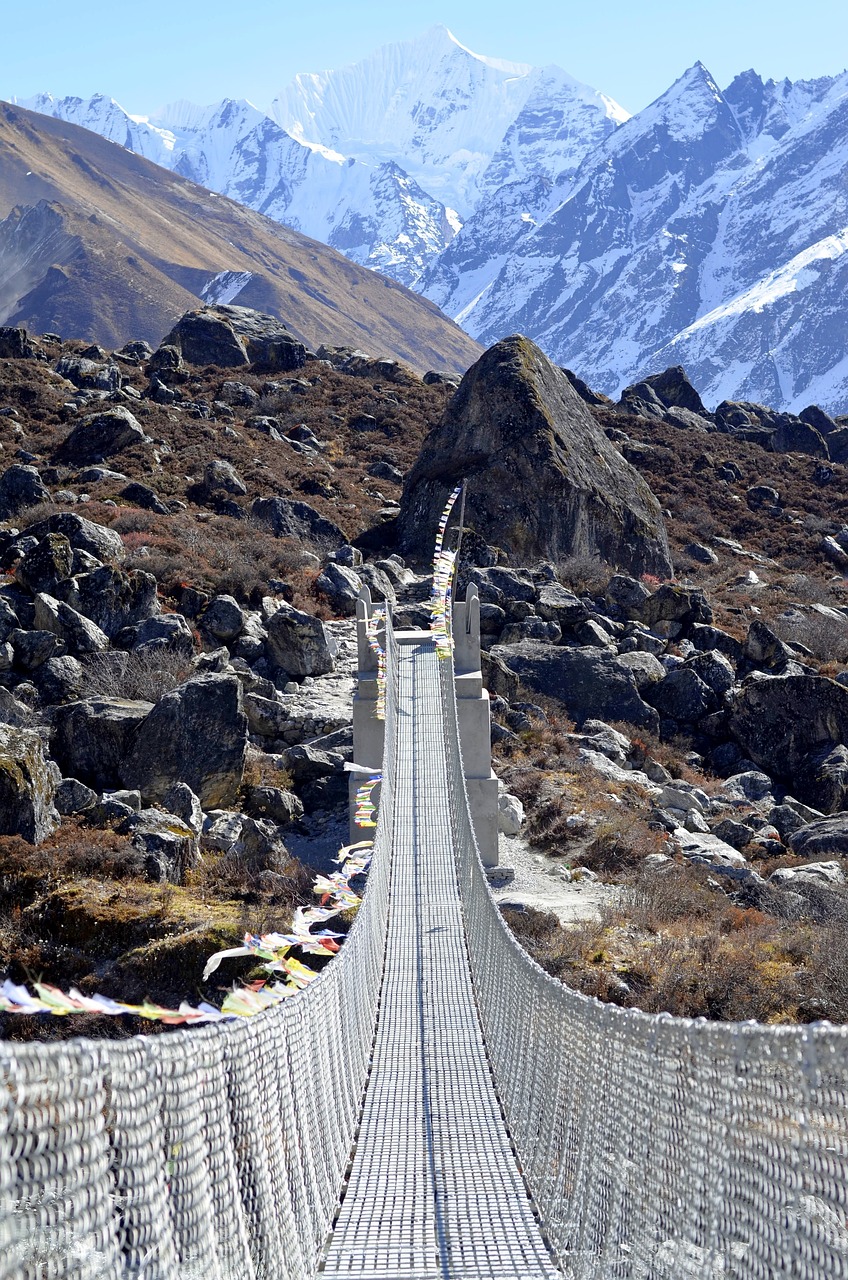
On Day 4, you will be on 6-7hrs trek from Lama Hotel to Langtang Valley. On your journey You will be passing through a dense forest of rhododendrons and pine trees towards Ghoda Tabela (Horse Stable). Overnight in Langtang Valley

You begin you Day 5 Trek with 3 hrs trek from Langtang Valley to Kyanjin Gompa, one of the Oldest Monasteries town in this region. Kyanjin Gompa offersa panoramic view of surrounding mountains including Mt. Langtang Ri, Mt Dorje Lakpa and Mt. Langtang Lirung. Overnight in Kyanjin Gompa

Today is your acclimatization day where You will do hiking up to Kyanjin Ri 4773m from Kyanjin Gompa which takes around 3-4hrs to complete depending on your pace and fitness level. The trail involves a steep ascent from Kyanjin Gompa to the summit of Kyanjin Ri. Trekking down to Kyanjin Gompa at day time. Overnight in Kyanjin Gompa

Today you will be descending to Lama Hotel sama path when you came. trekking duration is about 6-7hrs. Overnight in Lama Hotel
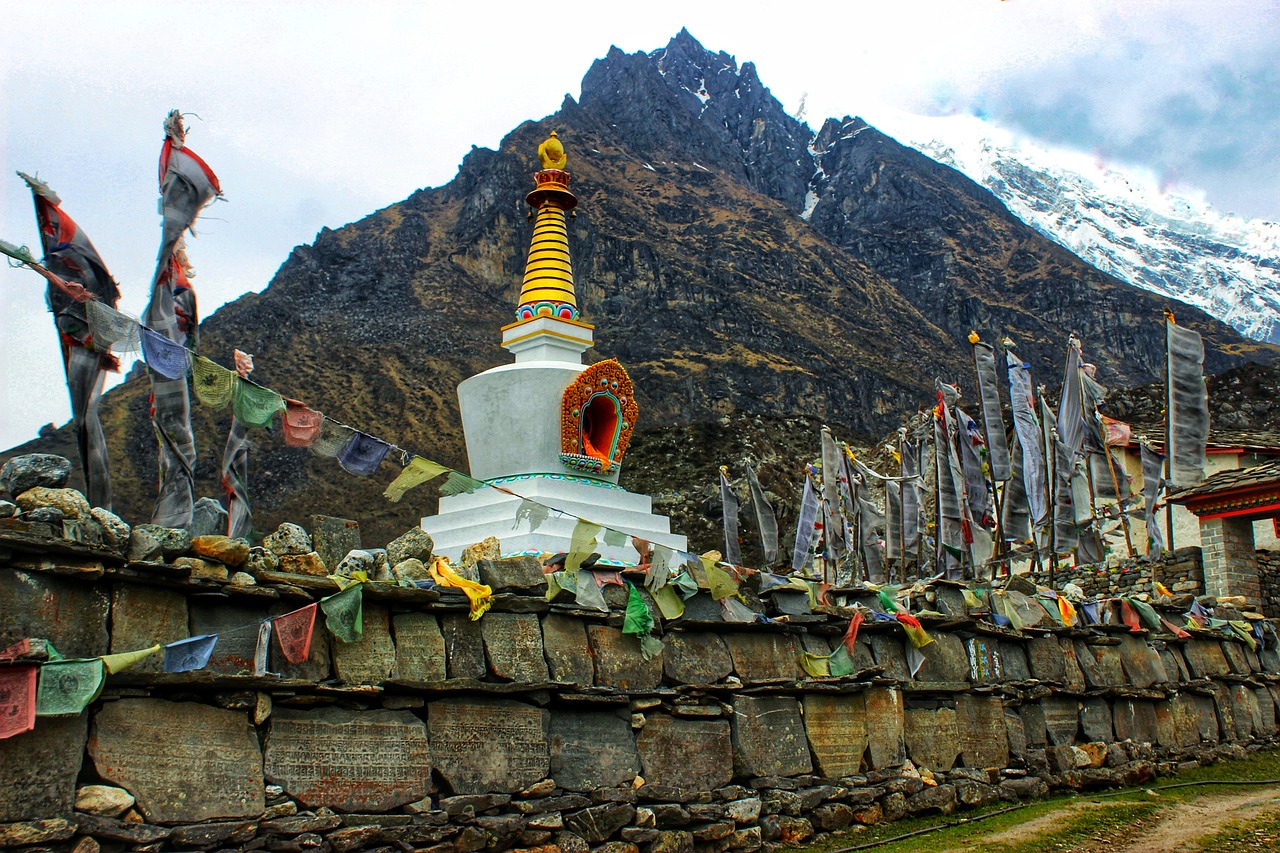
Same as earlier trek, today is your last trekking activitiy going down from Lama Hotel to Syabrubesi for 5-6 hrs. Overnight in Syabrubesi

After breakfast you will drive back to Kathmandu. for 6-7 hrs. Once reaching Kathmandu in the afternoon you will take rest for a while then in the evening we will invite you for farewell dinner and we distribute Your Certificate of Achievement of having been successful reaching Langtang Valley Trek. Overnight in Kathmandu
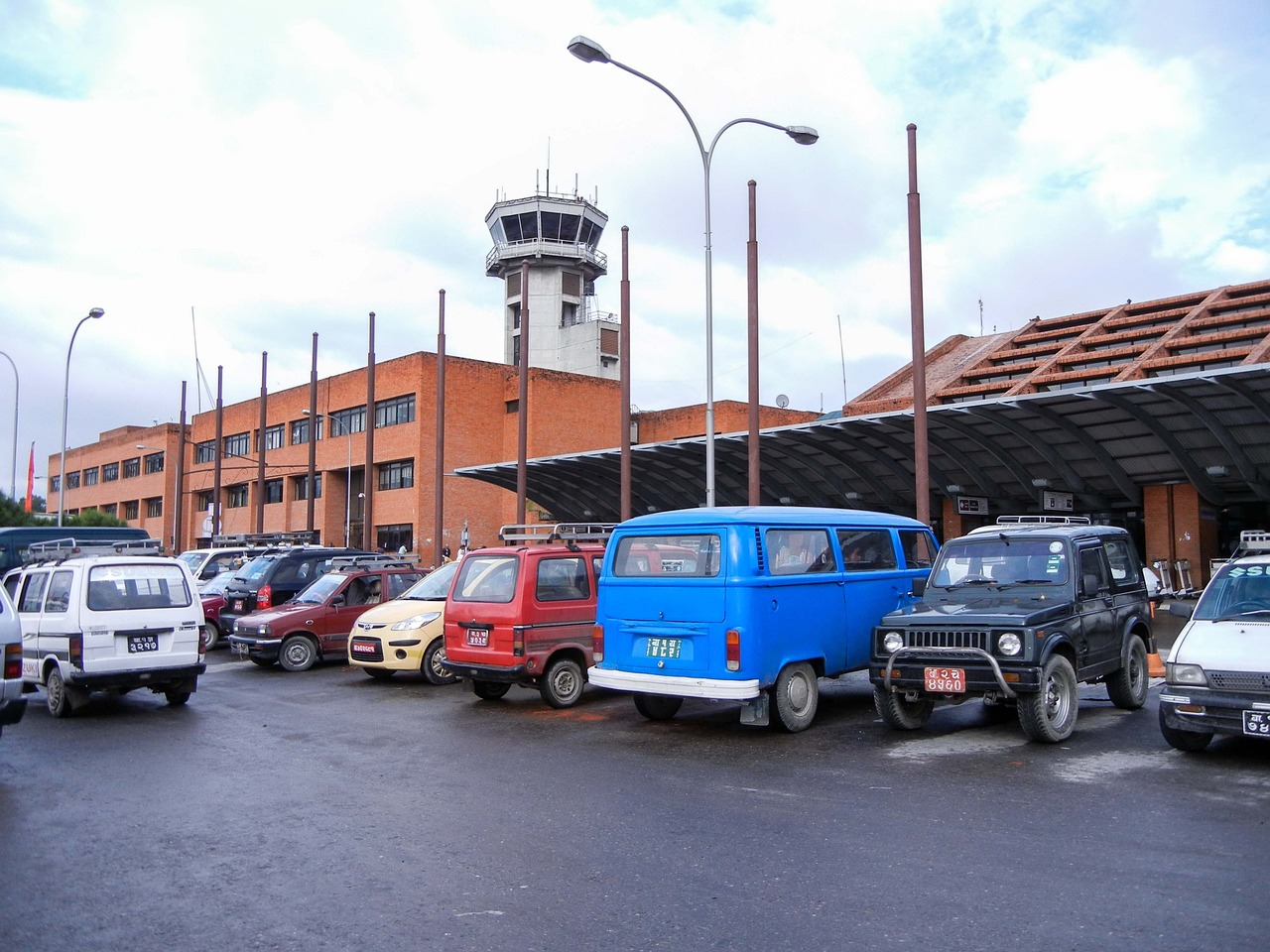
Today is your last your day in Langtang Valley Trek Package. You have free time to rest till check out time comes at 12pm. Our Company Staff will pick you up at hotel and drop you at Tribhuvan International Airport. Trip ends. And Thank you for trust us as your trekking company. See you again in the coming trip
Durations
Languages
Frequently asked questions
The best time to undertake the Langtang Valley Trek is during the spring (March to May) and autumn (September to November) seasons. These months offer the most favorable weather conditions for trekking in the region.
-
Spring (March to May): This period is characterized by warmer temperatures, blooming rhododendron forests, and clear skies. The weather is generally stable, making it an excellent time for trekking. The views of the surrounding mountains are often stunning during this season.
-
Autumn (September to November): Autumn is another ideal time for the Langtang Valley Trek. The weather is clear and stable, offering excellent visibility of the mountains. The temperatures are pleasant during the day, although it can get quite cold at higher altitudes during the nights.
During these seasons, the trails are usually dry and stable, making trekking conditions more comfortable. The skies are clearer, providing better views of the breathtaking landscapes and mountain peaks. Additionally, these times coincide with the main trekking seasons in Nepal, so you'll likely encounter fellow trekkers and have better access to facilities along the route.
While these months are generally recommended, it's important to note that weather patterns can vary. Be prepared for unexpected changes in weather even during these optimal trekking seasons. Winter (December to February) can be very cold, and the monsoon season (June to August) brings heavy rainfall and slippery trails, making trekking challenging during these times.
Packing for the Langtang Valley Trek requires careful consideration of the changing weather, varied terrain, and high-altitude conditions. Here's a general list of items you should include in your packing list:
-
Clothing:
- Waterproof and windproof jacket
- Insulated down or synthetic jacket for colder temperatures
- Moisture-wicking base layers
- Trekking pants and/or convertible pants
- Waterproof and breathable trekking boots
- Insulating hat and gloves
- Sun hat and sunglasses
-
Backpack and Accessories:
- Trekking backpack with rain cover
- Daypack for daily essentials
- Sleeping bag suitable for low temperatures
- Trekking poles for added stability on uneven terrain
-
Sleeping and Accommodation:
- Accommodation along the Langtang Valley Trek is provided in tea houses. While bedding is often available, having a sleeping bag liner can add warmth and comfort.
-
Medical Kit:
- Basic first aid kit with essentials like bandages, antiseptic, blister treatment, and any personal medications
- Diamox or other altitude sickness medication, as per your doctor's advice
-
Hydration and Water Purification:
- Water bottle or hydration system
- Water purification tablets or a water filter to ensure safe drinking water
-
Personal Hygiene:
- Quick-dry towel
- Biodegradable soap and toiletries
- Hand sanitizer and wet wipes
-
Navigation and Communication:
- Map and compass
- Fully charged mobile phone with a power bank
- Emergency contact information and important documents in a waterproof pouch
Teahouses and lodges are available along the trekking route, offering basic amenities like meals and lodging. They vary in comfort, with some providing hot showers and Wi-Fi. During peak seasons, booking accommodations in advance is advisable to secure a comfortable stay.
While trekking independently is possible, hiring a local guide or porter can enhance the experience. Guides offer cultural insights, navigate the trails, and ensure safety. Porters alleviate the physical strain of carrying heavy loads, allowing trekkers to enjoy the journey more comfortably.
Certainly! The Langtang Valley Trek is typically a 7 to 10-day trek, depending on the specific route and pace of the trekker. Here's a more detailed breakdown of its difficulty:
-
Terrain: The trek begins from Syabrubesi and gradually ascends through various landscapes, including dense forests, suspension bridges over rivers, and rugged trails. There are sections of steep inclines and descents, particularly when approaching Kyanjin Gompa.
-
Altitude: Although not as high as some other treks in Nepal, the highest point of the Langtang Valley Trek is around 4,300 meters (14,100 feet) at Kyanjin Gompa. Altitude sickness can be a concern for some trekkers, so it's essential to acclimatize properly and pay attention to your body's signals.
-
Duration and Distance: Trekkers typically cover around 60-70 kilometers (37-43 miles) during the entire trek. Daily distances vary but are generally manageable, ranging from 5 to 15 kilometers (3 to 9 miles) per day. Trekking duration can vary based on the specific itinerary chosen.
-
Fitness Level: A moderate level of fitness is recommended for the Langtang Valley Trek. Regular cardio exercise, endurance training, and some prior hiking experience can be beneficial. Being in good physical shape helps in managing the trek's demands, including long hours of walking and occasional steep climbs.
-
Weather Conditions: Weather in the Langtang region can be unpredictable. Trekkers may encounter rain, snow, or sunshine, depending on the season. Being prepared for changing weather conditions is essential.
-
Accommodation: Tea houses and lodges along the route provide accommodation. While basic amenities are available, they might not be as luxurious or comfortable as in lower-altitude areas.
-
Guides/Porters: While not mandatory, having a guide or porter can enhance the experience and provide support, especially for those new to trekking or unfamiliar with the terrain.
Remember, individual experiences may vary based on personal fitness, altitude acclimatization, weather conditions, and other factors. It's always advisable to prepare adequately, including physical conditioning, researching the route, and obtaining the necessary permits before embarking on the trek.

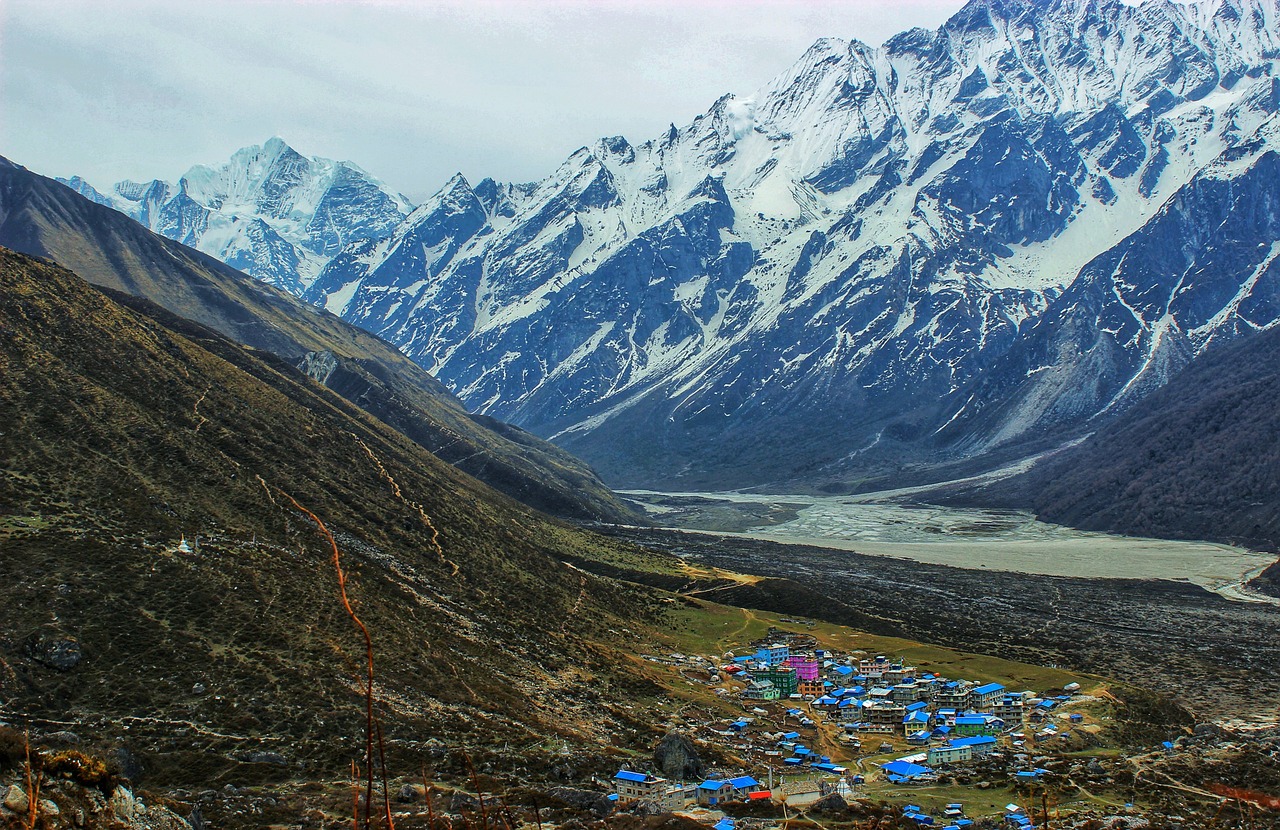


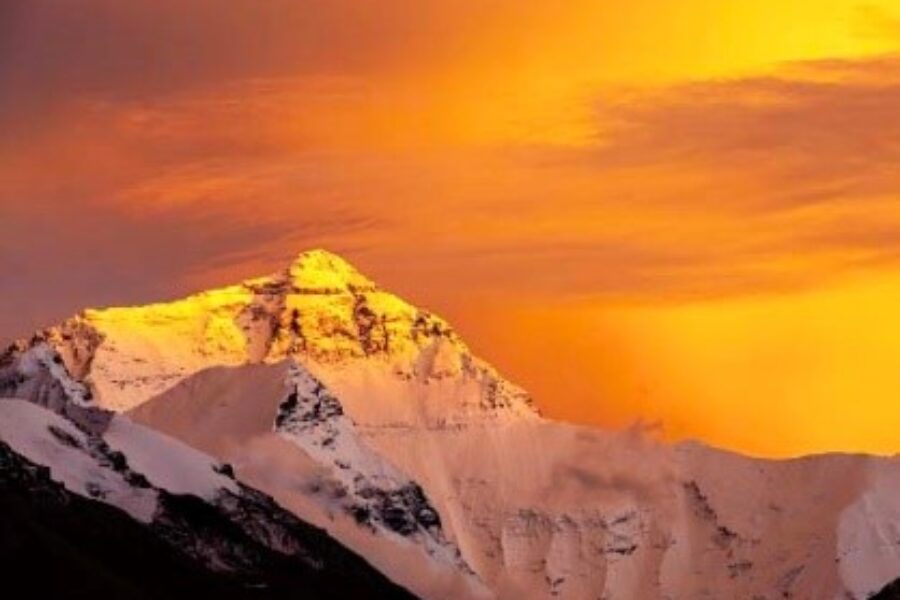
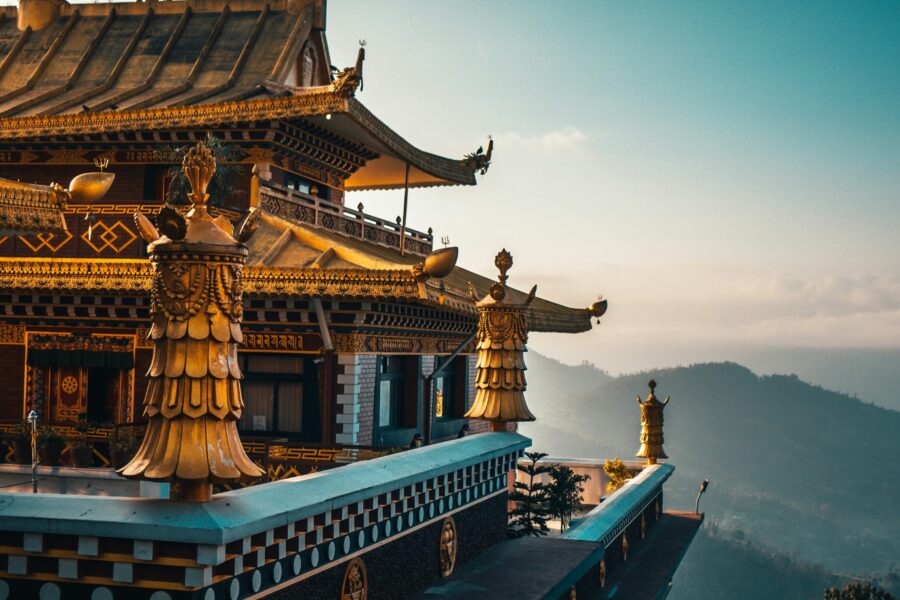
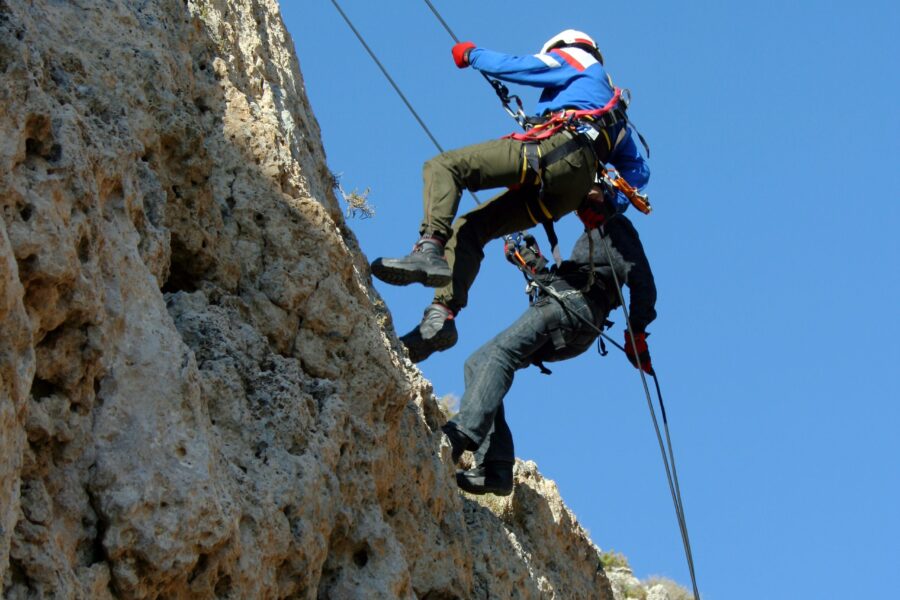
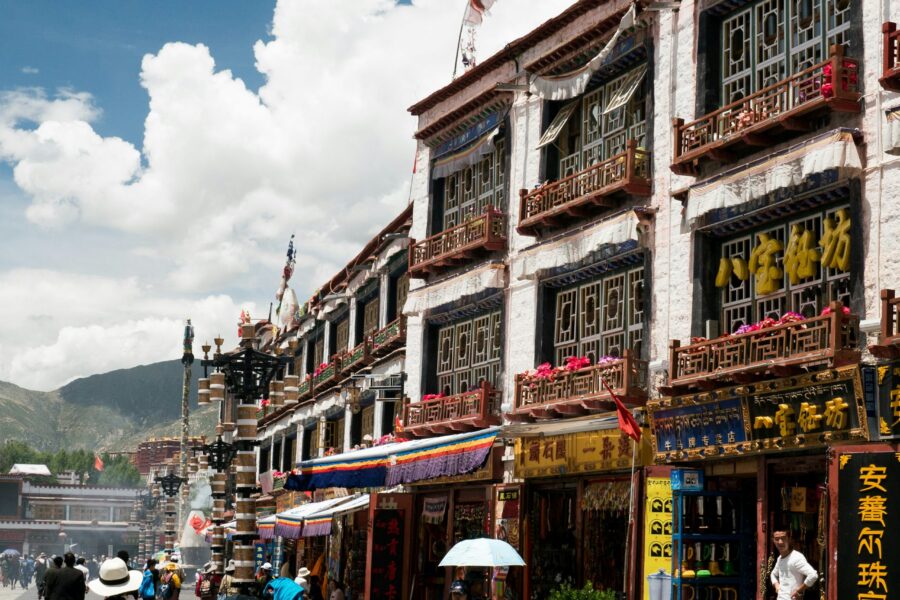
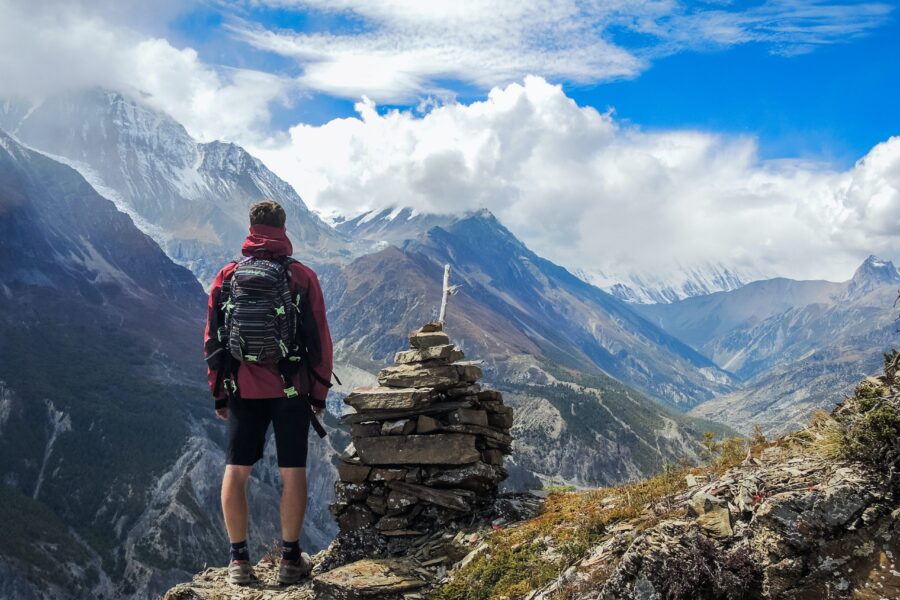
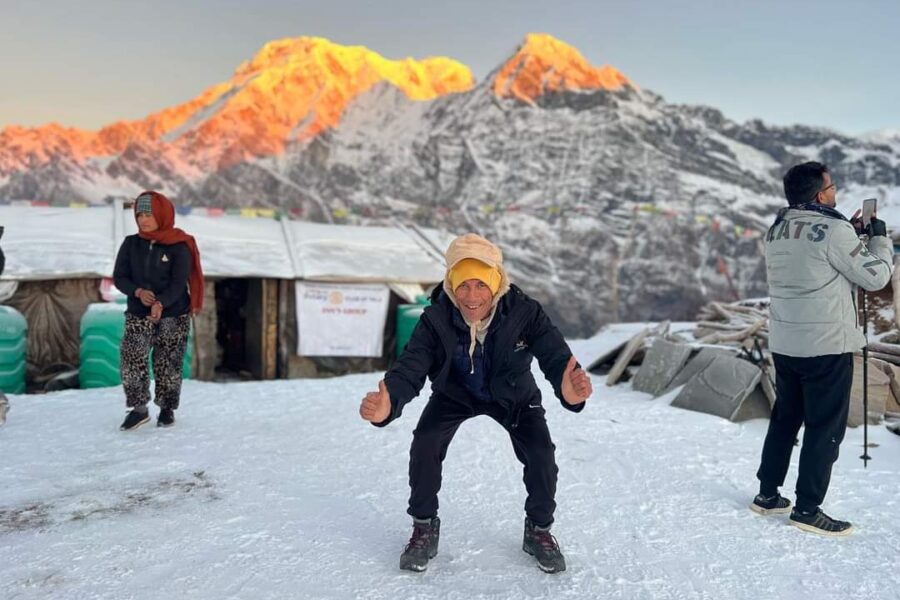
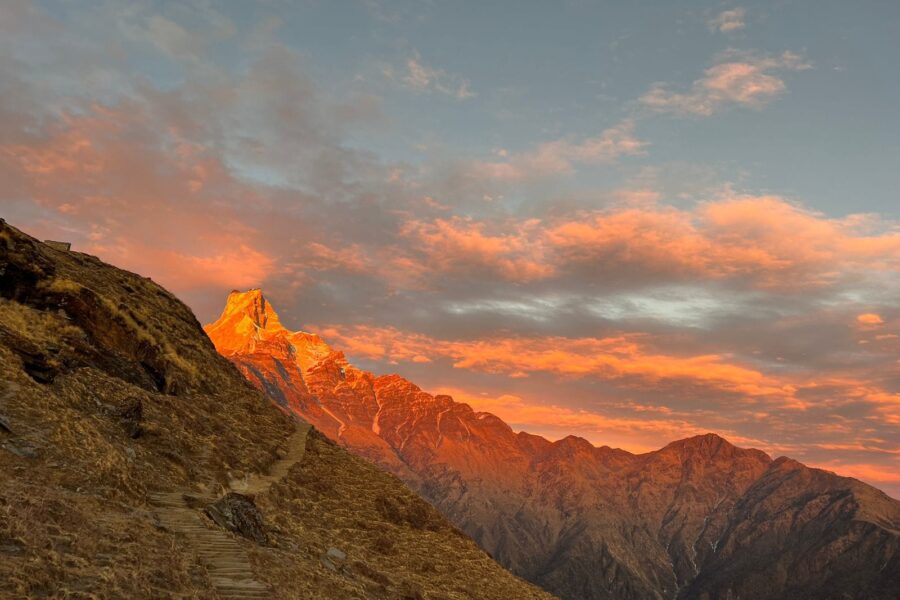

Leave a review